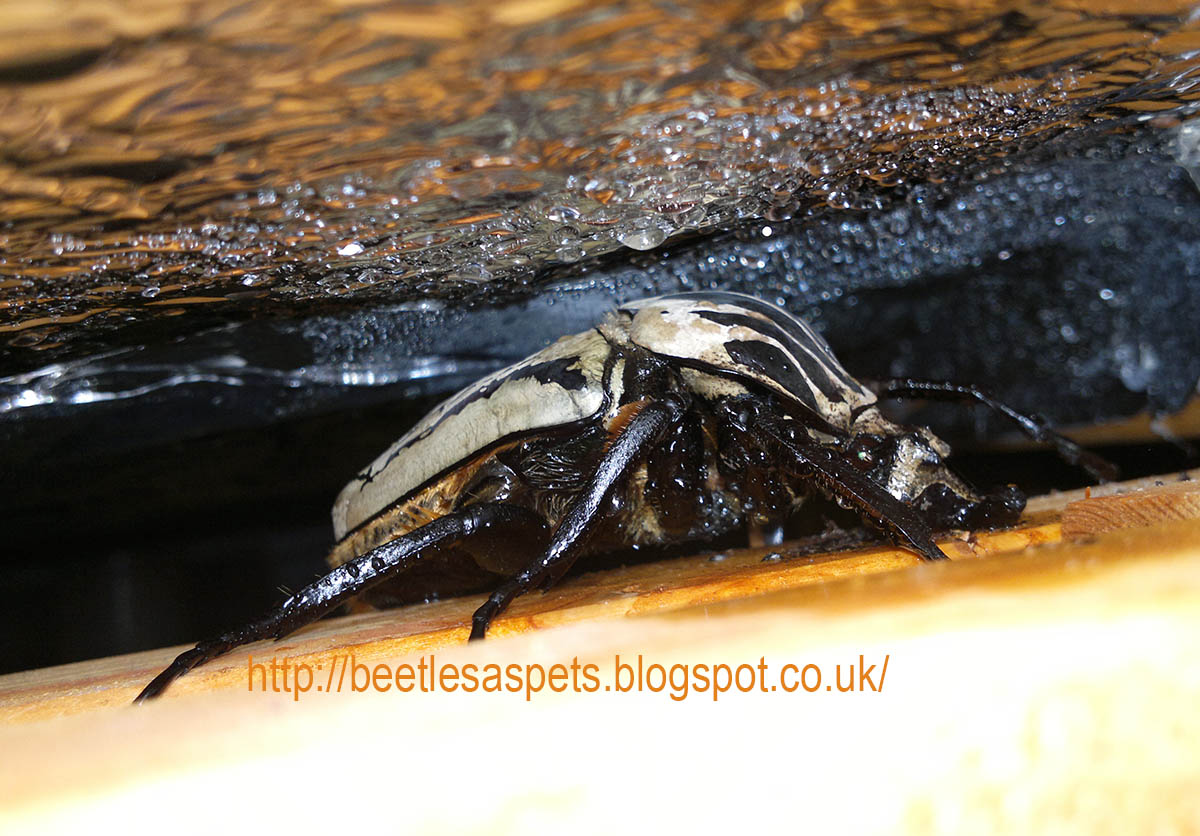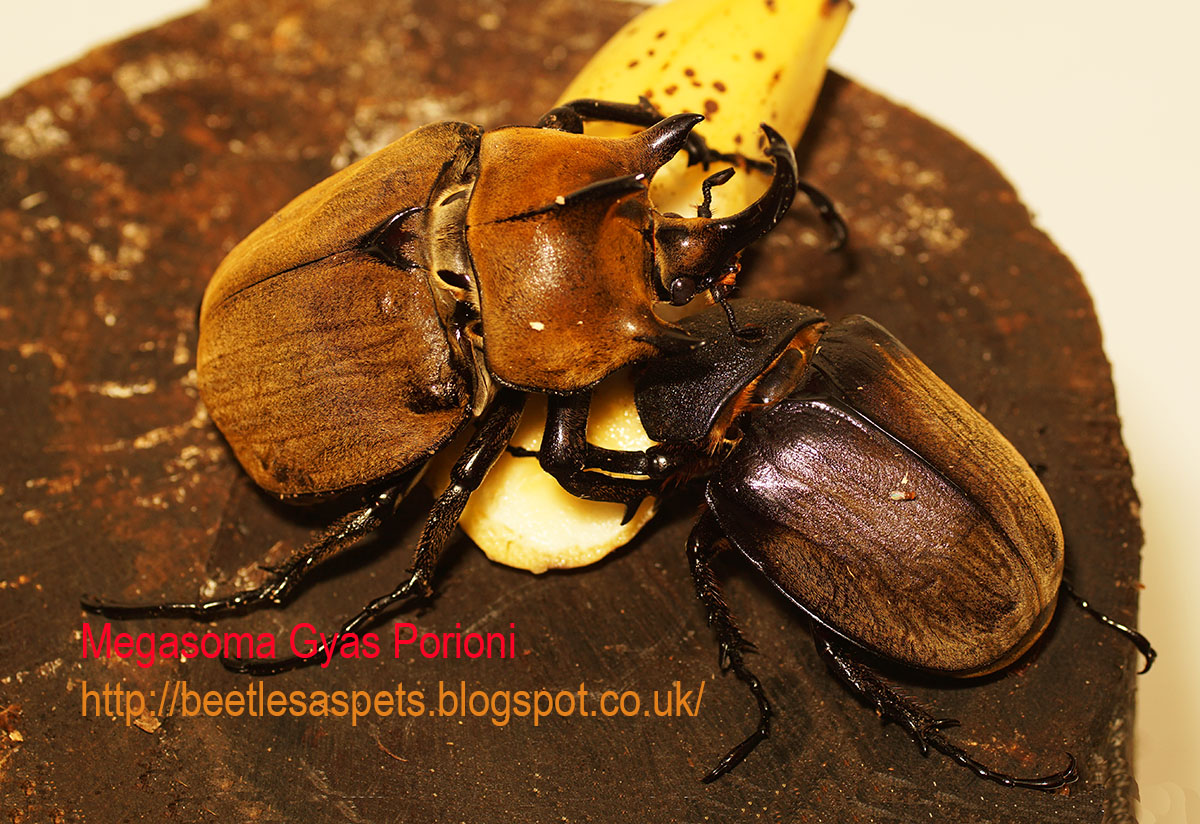At the very start, when a pupal chamber made in substrate by one of my rainbow stag larvae collapsed, I simply did not know what to do. Later, I discovered that there is a possibility of making pupal chambers using either soil, clay or floral foam. However, there was not much information regarding how to make them, so I had to experiment myself, using intuition and any "internet based" experience. Floral foam, which can be bought cheaply on ebay, was more appealing as "cleaner" stuff, so it became my first choice material. Since then I use floral foam chambers on a regular basis, and found that the rate of survival of many beetles is often much higher than leaving them in their natural cells. Very often larvae construct their chambers at the very bottom of the substrate where is a high chance of the accumulation of the excessive moisture, which often leads to the poor air exchange and development of the mold and fungi. This is particularly relevant for stag beetle larvae which are normally kept in smaller containers, such as plastic pots or glass (kinshi) jars , and the air circulation in such smaller containers is very poor. Big beetle species, the larvae of which pupate in large boxes are normally not affected, because the good air circulation in bigger volumes prevents moisture from accumulation at the bottom of the containers.
After trying such artificial cells with several beetles I came to the following conclusions:
1) it is best to put the larva which has already molted into a pupa, or at least an immobile larva that undergoing its last stages before the transformation. The mobile larvae will most likely try to dig itself into the foam and will eventually die. If such larvae is places back into the substrate it will not be able to create another chamber due to lack of energy and will die because of exhaustion.
2) the size and shape of the pupa should resemble their natural chamber by size and shape as close as possible. In this case take an approximate measurement of the cell from which the larva was removed. If you make the chamber too big, the freshly molted beetle may not be able to flip over, which is necessary for it to pull its flying wings under the elytra. Although most of the natural chambers are positioned very close to horizontal position, some of the species construct chambers with a significant angle or even almost vertical chambers, e.g. Allomyrina
dichotoma, so this needs to be taken into the account when constructing the chambers.
3) Natural chambers, are covered by the layer of soil, which prevent them from complete drying. Artificial chambers can easily dry out even through the small ventilation holes in low humidity surroundings. It is important to maintain the level humidity similar to the one required for the certain.
Here is a short video how I make pupal chambers for my beetles.

















